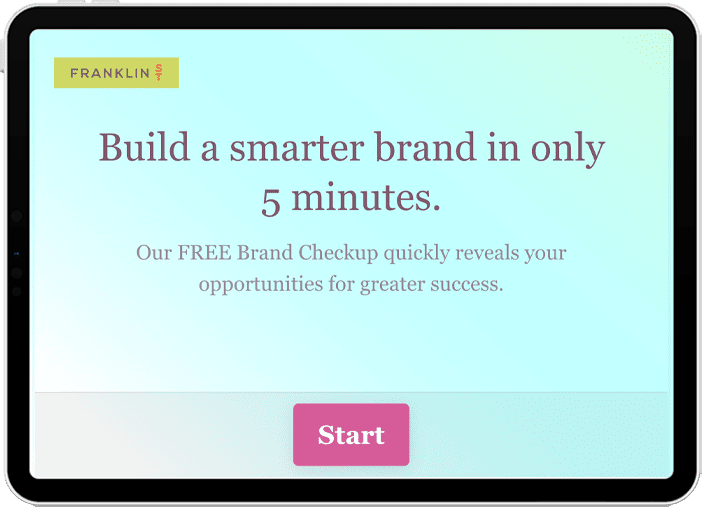If you’re a first-time reader of this two-part series, you may want to start here. Otherwise, let’s continue with Simplifying Your Culture Strategy below.
The rising demands of our experience-driven world are impacting two crucial areas of every health care provider: your brand and your culture.
Brand and culture don’t live in a vacuum, and the most successful organizations address them in tandem. This two-part series considers brand and culture together because they share a common goal: to inspire people to take action—for themselves, for you, and for your organization.
Because brand and culture are interdependent, even symbiotic, we’ve found a series of simple questions brings clarity for those crucial first steps.
1. Do you have a truly powerful vision statement?
Your people can’t get behind you if they don’t know where you intend to take them.
If the answer is an unhesitant and resounding “YES” then proceed to the next question.
If it isn’t, consider this brief Health System Vision Assessment Tool before embarking on either your brand or culture strategy. These 10 simple questions will help you quickly gauge how well your Vision Statement is supporting your organization.
2. Based on your vision, what are you promising your people?
As a health system leader, you know the pressures and challenges of clinician recruiting and retention. And your people problems aren’t limited to those who wear a stethoscope. You compete with other industries to find the best in disciplines like information technology, finance and service workers.
People deliver the outcomes. They deliver the experiences. With your organization’s future in their hands, you simply can’t ignore one of the most powerful and underrated weapons in your cultural arsenal: your brand promise.
As the famous entrepreneur Richard Branson once said, “Clients do not come first. Employees come first. Take care of your employees and they will take care of the clients.”
When thinking about the internal cultural ramifications of your brand promise, consider it through the prompts below. And remember, the external and internal benefits of a powerful brand promise are not a zero sum game. What benefits your people is almost surely going to benefit your patients.
- Does your brand promise give your employees something to believe in? This will become even more crucial as the Millennial generation takes on more professional power with age. They buy products based on a brand’s social behavior. Imagine how they scrutinize potential employers.
- Is your brand promise unique to your organization? Give your employees a rally cry greater than “take care of people” or “make a difference.” Paint a vivid picture of why your organization is a better place to work than the hospital down the road.
- Brand promises are centered on change, but employees drive that change. Cultural initiatives fail because they feel like they are happening to employees rather than something they build themselves. Internally, a successful brand promise is an ongoing dialogue, not a town hall presentation.
What are you asking your employees to do for you?
Just like your brand strategy, this component of culture building is often overlooked. And it might be more devastating internally than externally. Because when employees feel trapped in an organization with demands they didn’t sign up for, it’s nearly impossible that the patient experience and other crucial performance indicators won’t suffer.
Once you shape your brand promise, it’s time to ask some pointed questions to see what the cultural implications are and how you must shape your cultural strategy accordingly.
- Based on your brand promise, how would the ideal employee behave? Would they be an order taker or a change agent? These questions can influence hiring decisions and forecast turnover as you implement a new promise.
- Will their compensation be tied to their adherence or advancement of this brand promise? How can they understand that? What makes a good employee now that you’ve changed your brand promise?
- What kind of communication tools will we need to constantly and consistently communicate this promise? Do employees have access to leadership and tools to understand what the brand promise is and how it works?
- How do we expect employees to use this promise in day-to-day decision-making? A truly powerful brand promise ripples across the organization. But if each employee doesn’t understand the promise and how to use it, all of that power goes to waste.
The brand promise might initially seem like it brings more work…and that’s definitely true. However, that work brings massive returns when your people are properly aligned with your brand promise. Health care is the ultimate people industry. Those leaders that find and keep the best ones…will find success.


